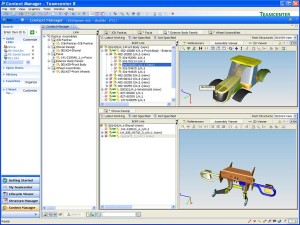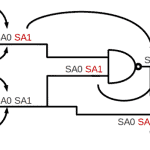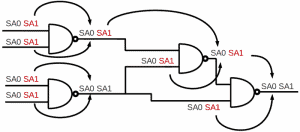How Bill of Materials (BOMs) Can Exponentially Increase the Efficiency of Your Maintenance Planner

Imagine a world where the Maintenance Planner can quickly and easier find all the material information for each job. Even those that do not yet have a job plan. Dreams or reality? Reality. This reality is found within operations all over the world and you can have it too. How can you achieve a level of efficiency with your Planner and have all materials information readily available? With Bills of Material.
A Bill of Material or BOM as it is commonly referred to, is a list of material needed to support the operations and maintenance of an asset or component. It includes a part description, part number and how many are required on a specific component or assembly. It may also include a reference number that refers to a sub assembly drawing. [Read more…]













